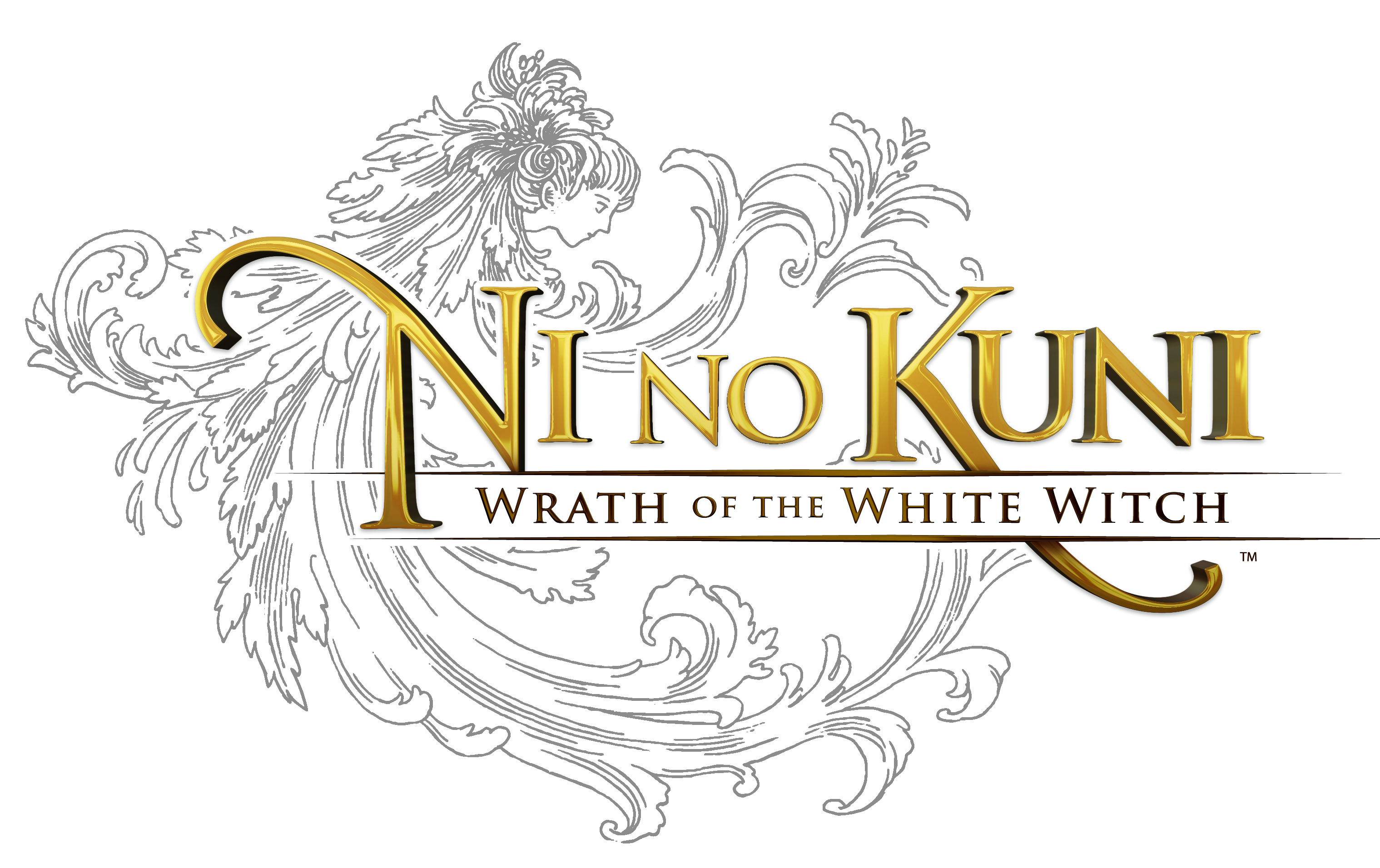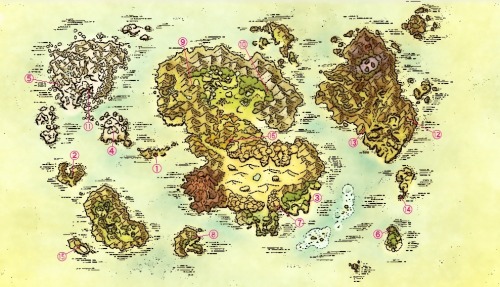Humans in different geographic's in Ni no Kuni: Wrath of the White Witch
Ni no Kuni - Wrath of the White Witch (first released in Japan 2011) follows the tale of Oliver, a resident of Motorville, who loses his mother after she dies saving him. Oliver's sad tears bring his soft toy to life, a gift from his mother, and the toy reveals himself to be Mr.Drippy, a fairy from the Another World. With the guidance of Drippy, Oliver travels into the Other World, becomes a practicing wizard and journeys the new land in hopes of finding his parallel world mother, and meets several friends (both new and parallel to his world) along the way.
"Another World" - Oliver's first encounter
The world of Ni no Kuni (lit. "Another World") is beautifully crafted and contains many natural beautiful locations varying from forestry, volcanoes, oceans, islands to deserts. Many of these areas are populated by humans and varied local species, and have their own cultures and monarchy/government. None of the areas seem to be negatively engaged in relations (this could be due to a powerful evil that lurks and threatens them, rather than neighbours going to war), and it's interesting to see humans in different fantasy environments adapt to their surroundings.
World Map
The various geographics are home to species other than humans, but for this case study the center of focus will be on humans. Visually, those from Ding Dong Dell vary greatly from those in Al Mamoon, as well as the city of Hamlin. The inhabitants of Al Mamoon live in bright and abundant dessert lands, full of Islamic, Persian and Mughal architecture, and the inhabitants often have their hair and body covered in colourful cloths. It's easy to see the fantastical cartoon spin inspired by the middle east. The citizens of Ding Dong Dell wear medieval-style garments, and the city is a warm setting of luscious greens and nature, with European and Ottoman-Empire style architecture. And finally the contrast with Hamelin; a city of industrial and steel, it's a dark environment lit with warm lights. The inhabitants are human, but wear armour in the shape of pigs at the order of the Prince. Hamlin in comparison is initially much colder, hostile, and uninviting than the other cities, but the townspeople are just as kind. As part of this study, a link between the visuals and the judgement of good or bad is crucial, and Hamelin is a key example of how visual design can be misinterpreted. The warm welcoming glow of Hamelin's night lights expel some negativity and becomes inviting.
Towns of Ni no Kuni: Al Mamoon - Ding Dong Dell - Hamelin
There are clear tones of a pure good and a pure bad when the game first begins, but with most Studio Ghibli films, there's no such thing. The game instead has a deep connection to Aristotle's view of Virtue Ethics. It follows the formula of 'balance'. For example, with too much of a virtue e.g courage, a person can become rash, but with too little become timid. So in this sense, good/bad is the spiritual core of the game.
Oliver's locket stores different virtues, which he takes using the spell "Take Heart"
Ni no Kuni's recent release in the West has inspired online debates about it's originality. As a JRPG, it's subjected to be compared to a very stale genre, but this case study focus' on the visual style presented. Again it's a debatable issue, for example the world map while gorgeous, has mimiced Tales of Vesperia and Dragon Quest VIII. It is however, ultimately captivating with beautiful much-loved Studio Ghibi stylization and designs.
Results as compared to Critical Framework:







No comments:
Post a Comment